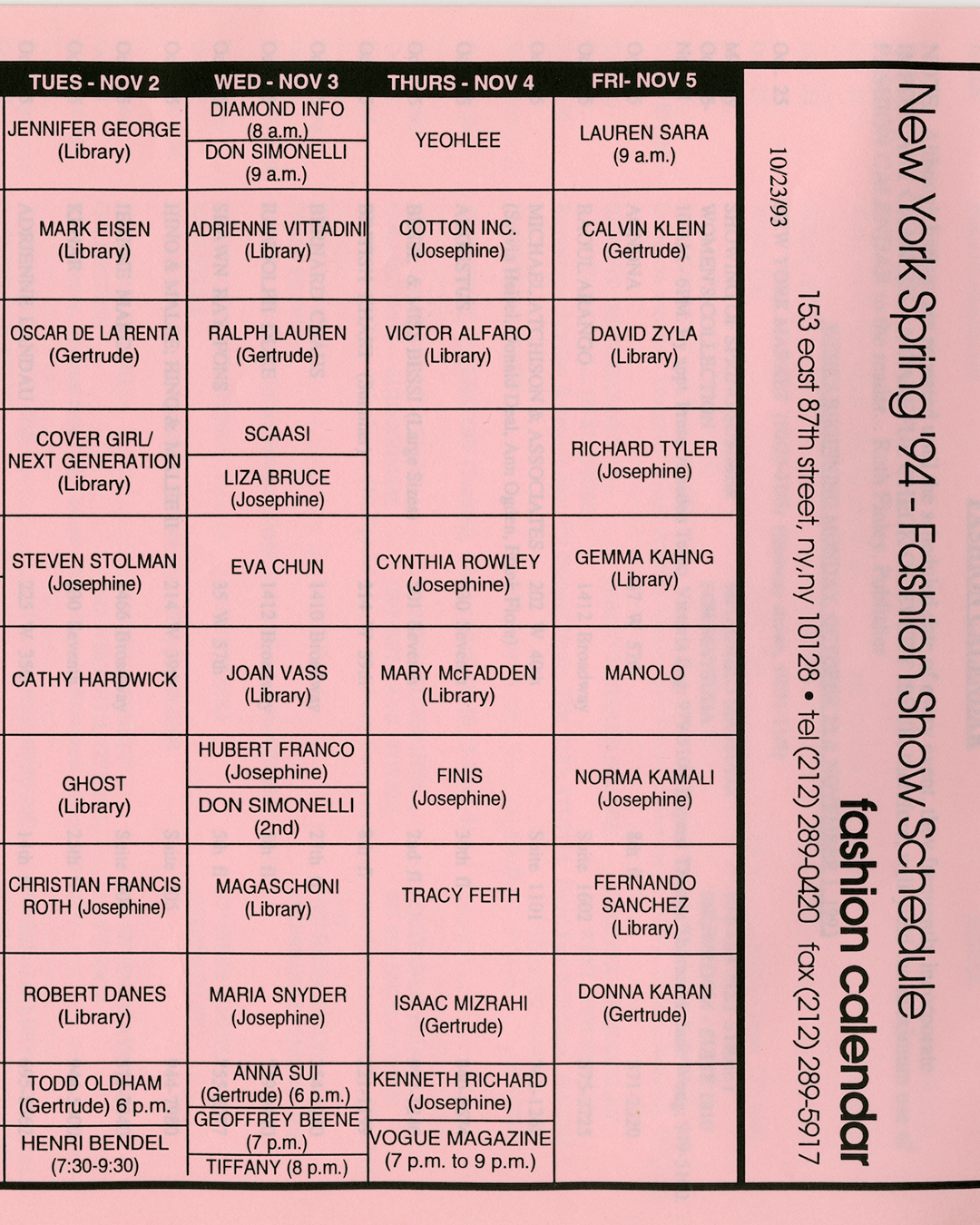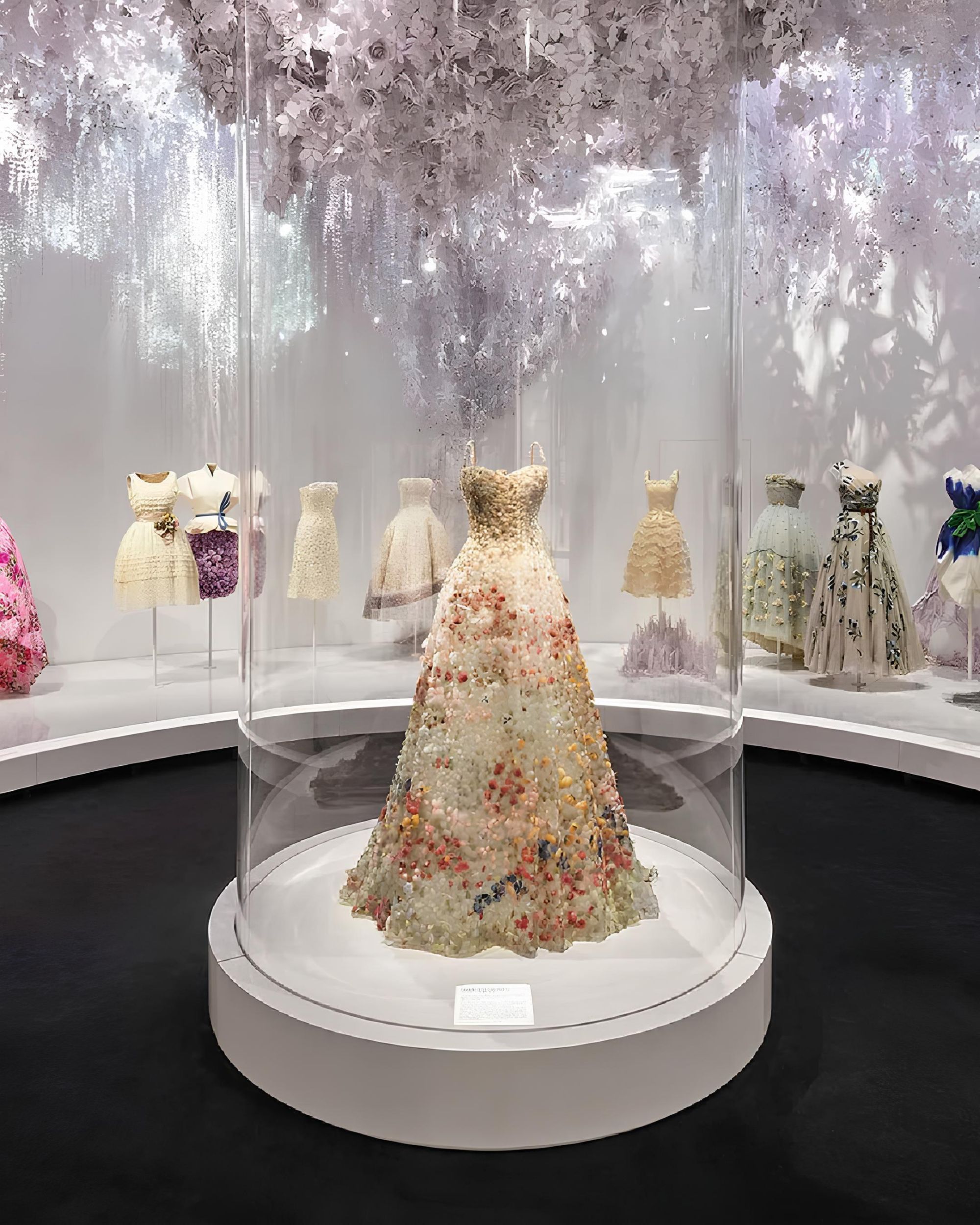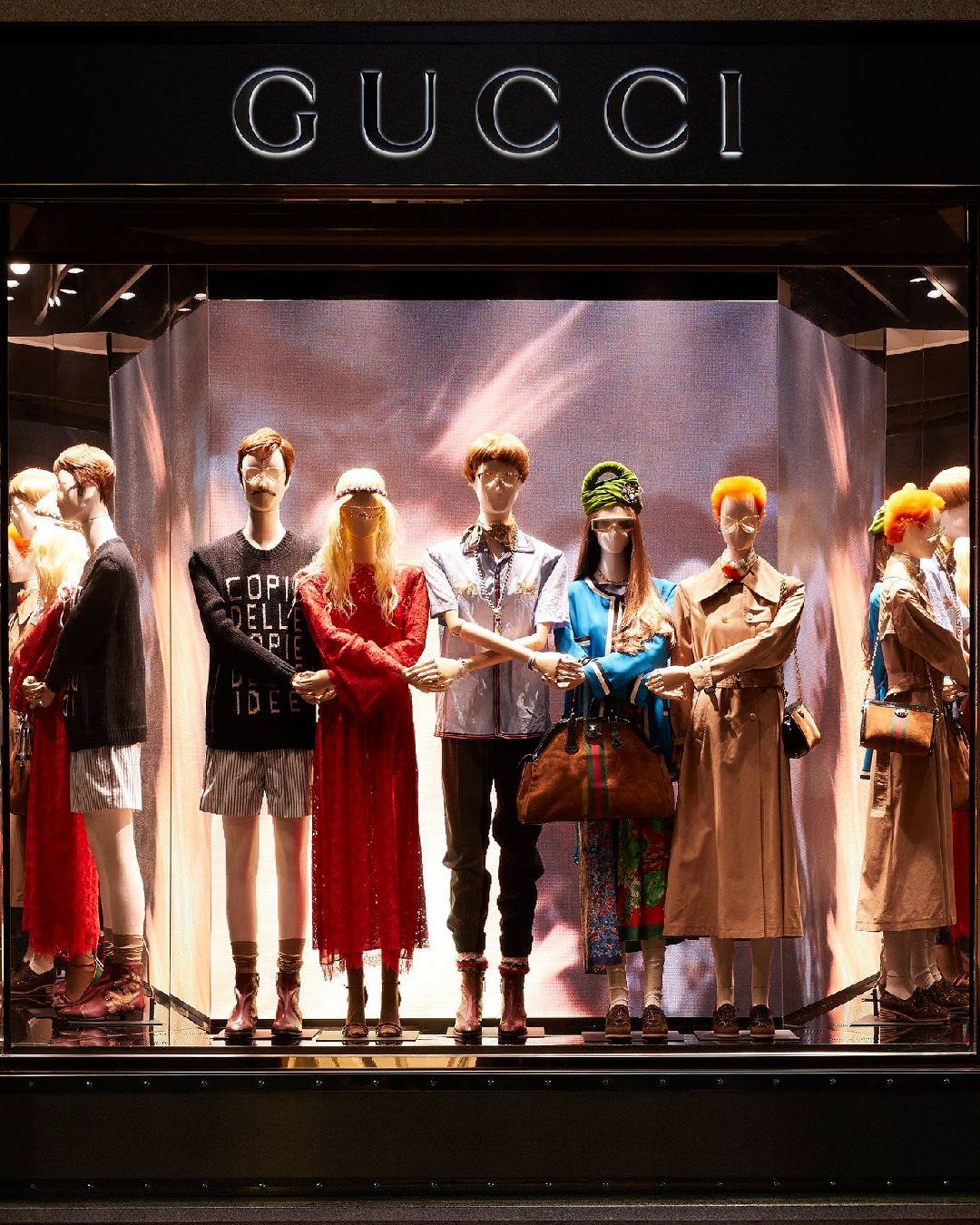
The latest "fashionable" reads The fusion of literature and fashion beyond "librarian core" and "dark academia"
Recently, the connection between fashion and literature has taken on an increasingly prominent role. Events such as Marc Jacobs' "reading hours," where the designer was seen reading on social media, and collections like Anna Sui’s, inspired by literary figures such as Miss Marple and Virginia Woolf, demonstrate how literature heavily influences contemporary fashion. Anna Sui's Fall/Winter 2024 show, held at the iconic The Strand bookstore in New York, and Valentino's Spring/Summer 2024 collection, with phrases from Hanya Yanagihara's novel A Little Life printed on the garments, highlight the rich relationship between these two creative worlds, where one becomes a tool for visually expressing the other's thoughts. Inevitably, this dialogue has sparked a curiosity towards the study of fashion as a cultural and historical phenomenon. Among the texts that have recently reached the shelves of bookstores, three new books explore the American fashion industry, analyzing historical events and key figures that have helped shape the cultural identity of the United States.
anna sui fw24 — oh my god i’m in love! it’s so gorgeous and the styling is absolutely insane. these retro vibes are so dear to me pic.twitter.com/cTFcJDGHMO
— (@pradapearll) February 10, 2024
In American Fashion (published by Bloomsbury) Natalie Nudell examines the famous Fashion Calendar, an agenda created in 1941 by Ruth Finley to document all events in the fashion industry. Finley is credited with the origin of the New York Fashion Week. Before the Council of Fashion Designers of America acquired the calendar in 2014, Finley was solely responsible for managing the collections presented to the American public. In her book, Nudell continues a research journey that began with her previous documentary, Ruth Finley’s Fashion Calendar, where Finley’s meticulous care became a true historical archive of American fashion. As Nudell explains, «in popular culture, "fashion week" is known as a time when the next season’s proposals are presented, the future of fashion.» Through her work, Finley documented and accompanied innovations and changes in the industry with an openness that allowed for the inclusion of designers from all backgrounds. It was this democratic attitude that contributed to the preservation of the diversity inherent to American culture for over 70 years. Recently, Finley's curated calendars have been digitized, offering the public decades of historical archives accessible for free. In American Fashion, Nudell explores the added value that the digitalization of this resource brings to the fashion world, contributing to a historical dialogue on American fashion.
@fashionconservatory The creator of the Fashion Calendar, Ruth Finley #ruthfinley #fashioncalendar #womeninfashion #fashionconservatory #fashcon Choking on Flowers - Fox Academy
Empresses of Seventh Avenue (published by St. Martin’s Publishing Group) by Nancy MacDonell, a book that celebrates the pioneering women of American fashion who helped shape the American Look. The analysis begins with World War II, a pivotal moment when American fashion broke away from European standards due to the embargo that blocked the arrival of styles from Parisian circles. MacDonell traces the origins of American clothing as we know it today, rediscovering the first signs of sportswear and the introduction of softer shapes, with a particular focus on their functionality. Among the women highlighted by the author is Claire McCardell, a young designer employed by the Townley Frocks manufacturing company on Seventh Avenue in Manhattan. McCardell admired the pragmatism of men’s clothing and criticized women’s corsets, which made even breathing difficult. In an interview with writer Beryl Williams, McCardell wondered, «why women's clothes had to be delicate; why they couldn’t be practical and sturdy as well as feminine.» Among her innovations are the introduction of pockets in women's clothing and the creation of the famous Monastic dress—a loose, bias-cut dress that offered more stretch and softness. In Empresses of Seventh Avenue, McCardell is joined by other influential women such as fashion editor Diana Vreeland, Vogue’s editor-in-chief in the first half of the 20th century Edna Woolman Chase, the first fashion editor at The New York Times Virginia Pope, and Dorothy Shaver, the first woman to head a multimillion-dollar manufacturing company. MacDonell paints an all-female portrait, highlighting the determination and foresight of a group of women without whom today’s $500 billion American fashion industry would not exist.
@hereinnyc Who misses shopping at Henri Bendel? #nyc #shopping #fashion #history #henribendel #learnontiktok #fifthavenue Classical Music - Classical Music
Finally, Henri Bendel and the Worlds He Fashioned (published by UL Press) by Tim Allis also arrives on bookstore shelves, a book immediately recognized both for its fascinating narrative and its photographs and illustrations. The work traces the life of Henri Bendel, the man responsible for introducing the designer Gabrielle Bonheur “Coco” Chanel to America in 1913, and narrates the rise and fall of his historic New York fashion boutique, which closed in 2019. After opening his first store in Greenwich Village in 1896, Bendel moved to 57th Street, transforming what was then a residential area into what was dubbed "New York’s Rue de la Paix," a clear reference to the luxurious Parisian shopping street. For Bendel, Paris was a hub of inspiration. The famous retailer was fluent in French and acted as an importer of European trends. Besides Chanel, one of the designers introduced to the American public by Bendel was the Italian Elsa Schiaparelli, who arrived in America in 1916. And for those who could not travel to his boutique in the Big Apple, Bendel wrote some of the first fashion columns on women’s clothing trends for newspapers. Henri Bendel and the Worlds He Fashioned aims to give due attention to an essential figure in the history of American fashion because, as Allis writes in the book, Henri Bendel today is «a name known by many, but a man known by few.»














































